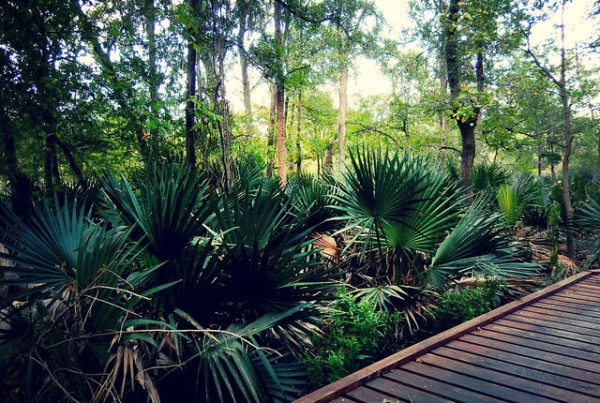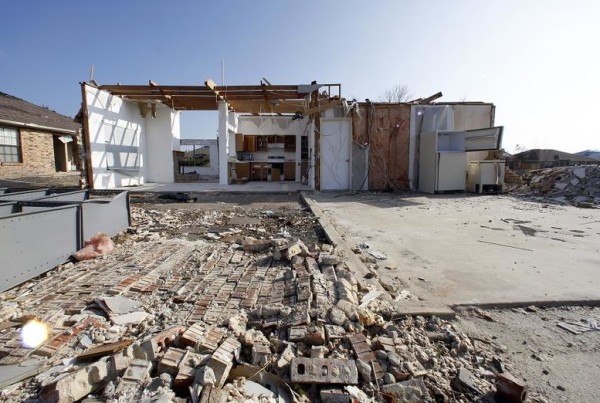In 2013 and 2014, an organization funded by the oil and gas industry was given a specific – and rather unlikely – responsibility: to oversee the protection of a rare lizard.
The habitat of the dunes sagebrush lizard is right smack in the middle of West Texas oil country, where companies have been scrambling to stay afloat as the price of oil has plummeted. Things aren’t looking good for our lizard friend, either.
State records show the organization tasked with protection of the reptile failed to perform any of the habitat restoration work it was supposed to do.
Eric Dexheimer, a reporter for the Austin American-Statesman, says the Texas Habitat Conservation Foundation was tasked with protecting the dune sagebrush lizard after the U.S. Fish & Wildlife Service named it an endangered species in 2010.
“The state of Texas, led by the Comptroller’s office, opposed that,” he says, “because, of course, when you list a species, there are some very restrictive land use rules that go into place.”
They struck a public-private partnership, part of a compromise with the oil and gas industry to protect the species without involving the federal government. The foundation was formed as part of that compromise, to oversee the restoration work.
“Part of the deal was that Texas A&M would oversee this project but they didn’t have the on-the-ground experience,” he says. “The oil and gas industry, in a compromise, proposed producing this foundation that they would fund that would hire someone to do the on-the-ground work.”
Dexheimer says the compromise was controversial, in part because the very same people who didn’t want the species to be protected were now in charge of the protecting – the proverbial fox guarding the hen house.
“Conservationalists said that the federal government, federal regulators had no access to private land on which the conservation measures were being performed, so they could not check to make sure that they were being done,” he says. “You can see that, at least in some part, those fears came to be true.”
Dexheimer says the foundation didn’t perform the land restoration measures.
“Rather what it did was cheaper, easier work of removing mesquite,” he says. “The new comptroller, Glen Hagar, and the biologist he hired to oversee this discovered that. To their credit, they tried to work with the foundation and when they couldn’t, they fired them.”
Texas is the only state in which the chief economic officer, the Texas Comptroller’s Office, is in charge of endangered species, he says – the result of an law that “flew under the radar” in 2011.
“That was an effort led by the oil and gas companies in order to get the state’s economic concerns addressed,” Dexheimer says. “They consider endangered species a threat to the economy.”














